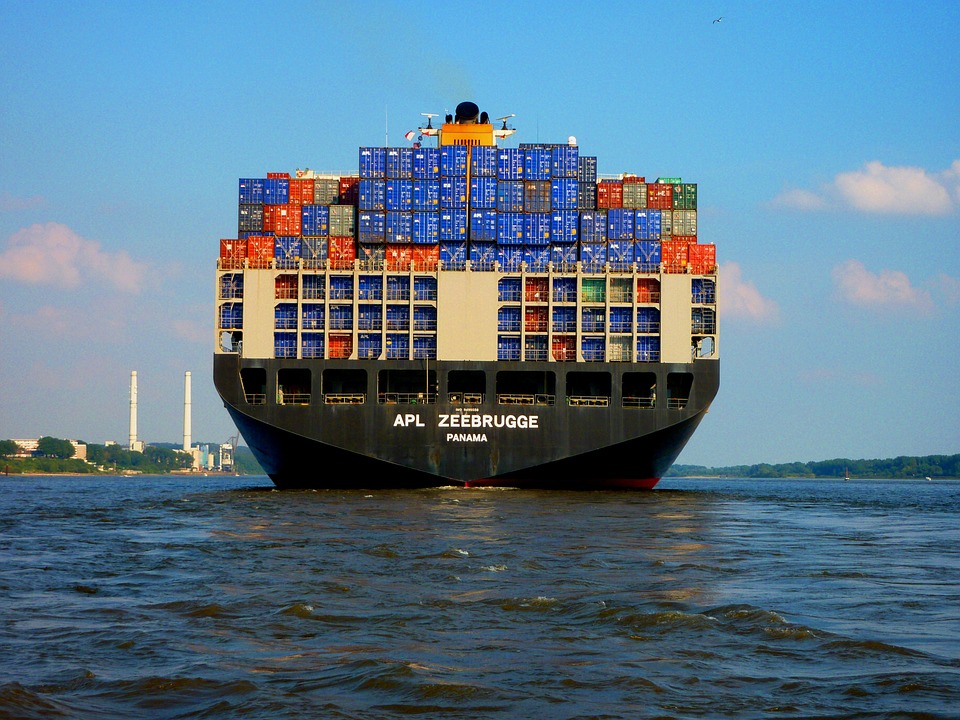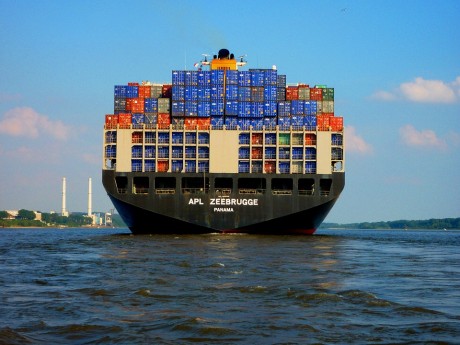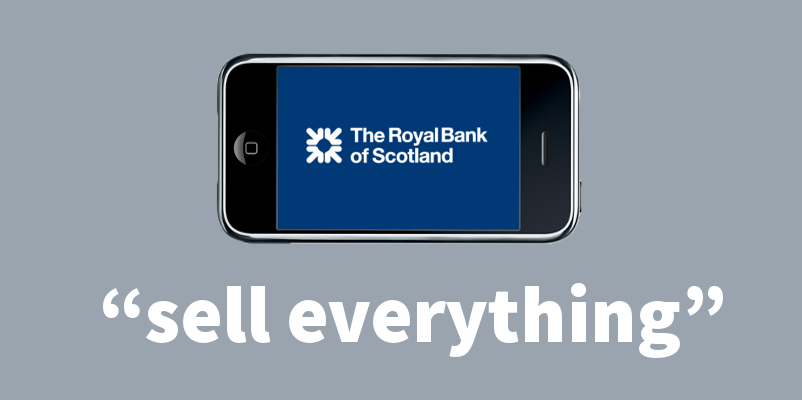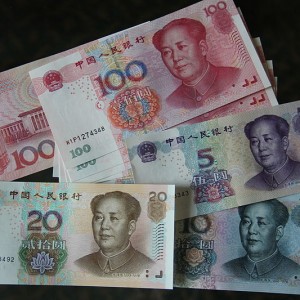 Did you know that NASA is going to send a spacecraft on a suicide mission in an attempt to change the trajectory of a massive space rock? The good news is that the space rock that NASA will be crashing this spacecraft into is not on a collision course with Earth. It is only a test. But why has NASA suddenly become so concerned with figuring out how to defend the Earth from giant asteroids? Could it be possible that there is something heading toward Earth in the future that they haven’t told us about yet?
Did you know that NASA is going to send a spacecraft on a suicide mission in an attempt to change the trajectory of a massive space rock? The good news is that the space rock that NASA will be crashing this spacecraft into is not on a collision course with Earth. It is only a test. But why has NASA suddenly become so concerned with figuring out how to defend the Earth from giant asteroids? Could it be possible that there is something heading toward Earth in the future that they haven’t told us about yet?
According to NASA, there are more than 26,000 asteroids that pass near Earth, and more than 2,000 of them are classified as “potentially dangerous” asteroids.
Most of those “potentially dangerous” asteroids aren’t that large, but 158 of them do have a diameter of more than one kilometer.
If one of those monsters were to hit us, it would be a disaster of cataclysmic proportions.
Of course there are countless other space rocks that our scientists have not discovered yet, and those probably represent the greatest threat. Because if you don’t see a threat coming, you can’t get prepared for it in advance.
These days, NASA officials have become quite preoccupied by the threat that giant space rocks potentially pose, and we are being told that “scientists are at work on a plan to avoid the destruction of Earth by an errant asteroid”. The following comes from an article that was just published by the Boston Globe…
NASA and a cadre of the world’s leading engineers and space scientists are at work on a plan to avoid the destruction of Earth by an errant asteroid like the one 65 million years ago that wiped out the dinosaurs, created a cloud of dust so impenetrable that it blocked out the sun, and plunged the planet into a prolonged winter that sent half of all plant life into extinction.
Personally, I think that this is something that NASA should definitely be focusing on, because the threat is very real.
Most people don’t realize this, but our planet is actually being pelted by space debris on a constant basis at this point. In fact, NASA says that we are being hit by very small objects “every day”…
Every day, Earth is bombarded by tons of dust and sand-sized particles from the solar system. Meteoroids burn up as they enter the Earth’s atmosphere causing little or no damage. They are easy to spot, streaking across the night sky in brilliant, short-lived bursts of light. Of more concern are the asteroids that pass by Earth unnoticed; they are difficult to detect and track as observers depend on reflected sunlight to spot them.
Thankfully, the vast majority of the objects that we encounter are too small to do any damage.
But it is just a matter of time before a really big space rock comes along.
NASA officials like to give the impression that they have a really good idea of what is going on up there, but the truth is that our ability to detect large space rocks is still quite limited. In May, a “potentially hazardous” asteroid that came close to Earth was only discovered about a week before it arrived…
The reason why 2021 KT1 is news is that NASA estimates that it’s between 492 feet/150 meters and 1,082 feet/330 meters in diameter. It wasn’t observed until late in May 2021 just a week before its closest pass.
And late last year a fairly large asteroid was not discovered until it had already buzzed dangerously close to our planet…
Wow. A low-flying space rock set a record last Friday (appropriately, the 13th), when 2020 VT4 passed just under 400 kilometers (250 miles) over the Southern Pacific.
The asteroid was spotted by the Asteroid Terrestrial-impact Last Alert System (ATLAS) survey at the Mauna Loa Observatory in Hawaii in the early morning hours of Saturday, November 14th, just 15 hours after approach. This is not uncommon for fast-movers, especially asteroids that are coming at the Earth from our sunward blind-spot, like 2020 VT4.
So if a major threat is headed our way, we may or may not see it coming in advance.
If we do have advance warning that a huge asteroid is coming, obviously we would want to try to do something about it. With such a scenario in mind, NASA will soon be crashing the DART spacecraft into a giant space rock called Dimorphos…
Developed by a team of scientists from the Johns Hopkins University Applied Physics Laboratory and NASA’s Planetary Defense Coordination Office, DART is an unmanned, remotely controlled astronomical suicide mission designed to nudge an asteroid that is half a mile in diameter out of its orbit. Doomsayers take note: This is only a test. The asteroid in question, Didymos — Greek for “twin,” and so named because it was discovered to be paired with its own small moon — is not actually on a collision course with Earth.
Sometime between Thanksgiving week (perhaps as soon as the evening of Nov. 23) and February 2022, the team behind DART will launch it from Vandenberg Space Force Base in California on a SpaceX Falcon 9 rocket. The spacecraft will, if all goes according to plan, travel 6.8 million miles to reach and collide with Didymos’s moonlet, Dimorphos, which is 525 feet in diameter.
Is NASA testing out technology that they plan to use on another giant space rock at a later date?
Some have suggested that an asteroid known as Apophis could hit us on April 13th, 2029…
On April 13, 2029 (which happens to be Friday the 13th), something unsettling will happen.
A decent-sized asteroid, the 1,100-foot-wide Apophis, will pass so close to Earth it’ll be visible in the sky from certain places. Crucially, the giant rock will not strike our humble planet. But it will pass closer than 20,000 miles from the surface, which is closer than where some of the United States’ most prized weather satellites orbit.
But NASA insists that Apophis will not hit us “for at least a century”…
After its discovery in 2004, asteroid 99942 Apophis had been identified as one of the most hazardous asteroids that could impact Earth. But that impact assessment changed as astronomers tracked Apophis and its orbit became better determined.
Now, the results from a new radar observation campaign combined with precise orbit analysis have helped astronomers conclude that there is no risk of Apophis impacting our planet for at least a century.
Estimated to be about 1,100 feet (340 meters) across, Apophis quickly gained notoriety as an asteroid that could pose a serious threat to Earth when astronomers predicted that it would come uncomfortably close in 2029. Thanks to additional observations of the near-Earth object (NEO), the risk of an impact in 2029 was later ruled out, as was the potential impact risk posed by another close approach in 2036.
The orbit of Apophis is now very well known by astronomers all over the globe. To me, all of the giant space rocks that are floating around up there that we don’t know about represent a much greater threat.
Unfortunately, the number of large space rocks going by our planet has been steadily increasing, and I believe that there is a good chance that we could see an asteroid impact long before 2029 ever rolls around.
If NASA officials know about such a threat, for now they aren’t admitting that to the public.
But they are admitting that they are trying to figure out how to deflect a very large asteroid, and that should definitely be getting our attention.
***Michael’s new book entitled “Lost Prophecies Of The Future Of America” is now available in paperback and for the Kindle on Amazon.***
About the Author: My name is Michael Snyder and my brand new book entitled “Lost Prophecies Of The Future Of America” is now available on Amazon.com. In addition to my new book, I have written four others that are available on Amazon.com including The Beginning Of The End, Get Prepared Now, and Living A Life That Really Matters. (#CommissionsEarned) By purchasing the books you help to support the work that my wife and I are doing, and by giving it to others you help to multiply the impact that we are having on people all over the globe. I have published thousands of articles on The Economic Collapse Blog, End Of The American Dream and The Most Important News, and the articles that I publish on those sites are republished on dozens of other prominent websites all over the globe. I always freely and happily allow others to republish my articles on their own websites, but I also ask that they include this “About the Author” section with each article. The material contained in this article is for general information purposes only, and readers should consult licensed professionals before making any legal, business, financial or health decisions. I encourage you to follow me on social media on Facebook, Twitter and Parler, and any way that you can share these articles with others is a great help. During these very challenging times, people will need hope more than ever before, and it is our goal to share the gospel of Jesus Christ with as many people as we possibly can.








